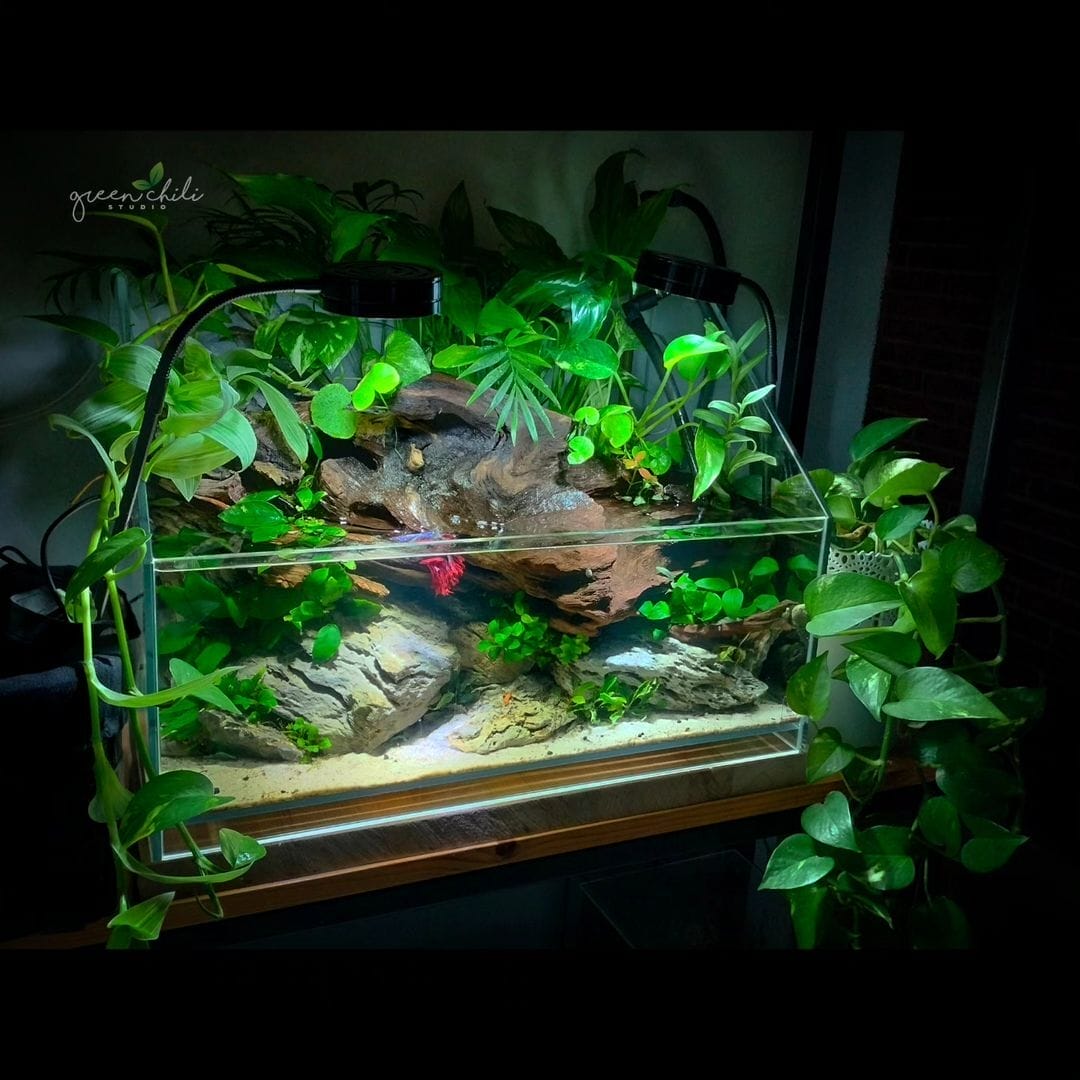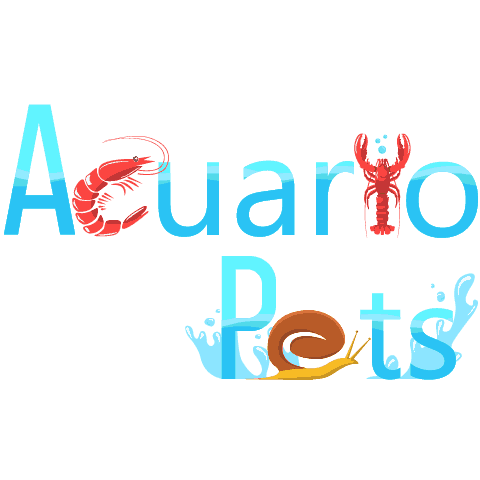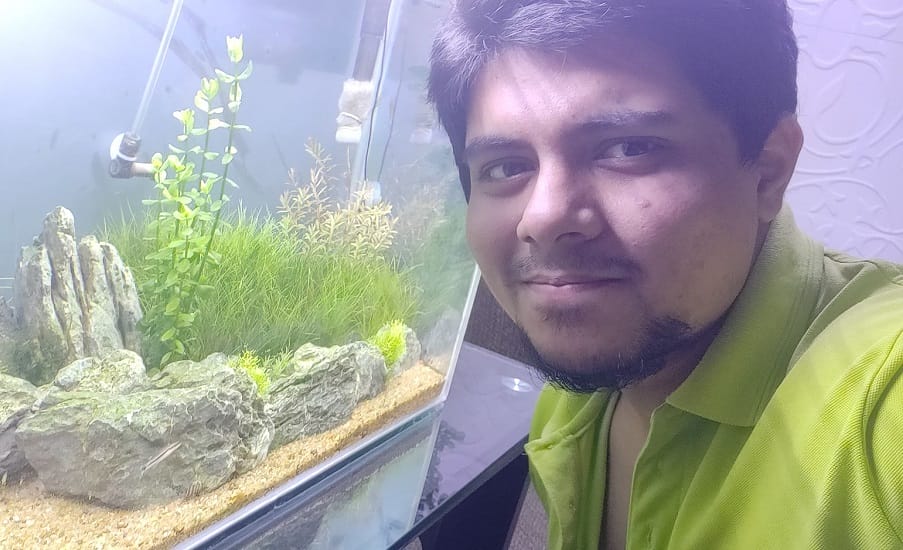This post was created with help from AI tools and carefully reviewed by a human (Muntaseer Rahman) . For more on how we use AI on this site, check out our Editorial Policy.
Check Out These FREE Tools We Made JUST For You!
Safe Decorations and Plants for a Betta-Friendly Tank

Look, I’m going to be straight with you: setting up a betta tank is like childproofing a house, except your toddler has flowing fins that cost $20 and can tear on literally anything.
I learned this the hard way when I bought what I thought was the coolest castle decoration from the pet store. My betta, Sir Flaps-a-Lot, swam in once and came out looking like he’d been through a paper shredder.
Turns out those “safe for aquarium use” stickers lie more than my GPS when I’m driving through tunnels.
The Sharp Truth About Tank Decorations
Here’s something wild: 90% of store-bought decorations have rough or sharp edges straight from the factory. Mass-produced resin ornaments come out of molds with razor-sharp bits of scrap resin still attached. It’s like they made them angry on purpose.
Pet store employees will smile and hand you a SpongeBob pineapple without mentioning that the inside edges could slice cheese.
The Pantyhose Test (Yes, Really)
Before anything goes in your tank, run a pair of pantyhose over every surface. If it snags the nylon, it’ll snag your betta’s fins. This test has saved more betta fins than I can count, and yes, you’ll look weird doing it in the pet store aisle. Do it anyway.
Some people take sandpaper or a Dremel tool to their decorations, smoothing down every questionable edge. It’s extra work, but it beats watching your fish turn into confetti.
What NOT to Put in Your Betta Tank
Metal decorations: They rust and turn your water into a chemistry experiment gone wrong.
Painted ornaments: The paint flakes off like dandruff, and your fish might eat it. If you see paint disappearing or flaking, yank that decoration out immediately.
Cheap plastic plants: Those hard plastic leaves with jagged edges are basically little knives. Bettas have fins so delicate they make tissue paper look tough.
Decorations with small holes: Your curious betta will try to swim through openings the size of a pencil eraser. People have actually lost fish that ventured into hollow cavities and never came back out.
Random household items: I don’t care how cool that action figure looks underwater. Unless it’s specifically made for aquariums, it doesn’t belong in your tank.
The Best Safe Decorations
Silk or Silicone Plants
Forget hard plastic. Silk plants are soft all over and won’t shred your betta’s fins like plastic ones will. The newer silicone plants are even better because there are no sharp wire attachments to worry about.
Cut off any plastic flowers on silk plants and sand down the stem edges. Trust me on this.
Floating Betta Logs
These things are like penthouse apartments for bettas. They float at the surface where bettas naturally hang out, providing a cozy tunnel for napping or building bubble nests. Some even have a side opening for feeding, which is pretty genius.
Coconut Shells
Natural, soft, cheaper than most pet store ornaments, and they provide perfect little caves. Plus they look way more interesting than another generic castle.
Natural Driftwood
Driftwood gives your tank that natural underwater vibe, but pick pieces carefully. Avoid twiggy ends or jagged edges that could tear fins. Some driftwood raises water acidity, so chat with someone at your local aquarium store before buying.
Only use treated driftwood from reputable sellers to avoid chemicals leaching into your water.
Smooth Rocks and Caves
If you’re going with rocks, inspect them thoroughly for sharp edges. Cichlid stones are ceramic and smooth as butter. River rocks work great too and are easy to rinse.
Live Plants: The Gold Standard
Want to know the real secret? Go with live plants.
Zero sharp edges. Zero paint to chip. Zero manufacturing defects.
Bettas come from tropical marshes and rice paddies packed with vegetation, so plants make them feel at home. Plus live plants actually help purify the water from fish waste and add oxygen.
Easy Beginner Plants (No Green Thumb Required)
Java Fern: This is the plant equivalent of a house cat. Low maintenance, handles low light, doesn’t need fancy substrate. Just attach it to driftwood or rocks with fishing line or aquarium-safe super glue. Never bury the rhizome or it’ll rot.
Anubias: Wide leaves that bettas love lounging on like hammocks. Grows slowly, tolerates various water conditions, looks great. Also needs to be attached to something, not buried.
Marimo Moss Balls: Not actually moss or plants, but algae balls that are literally the easiest thing ever. Drop them anywhere with low light and forget about them. Bettas often rest on them, and they help keep water clean.
Amazon Sword: If you have a bigger tank, these plants grow broad leaves perfect for betta rest stops. They do need root tab fertilizers since they eat from the substrate.
Cryptocorynes (Crypts): These wavy-leafed beauties thrive in low to high light and don’t ask for much. If they wilt after you buy them, don’t panic. It’s called “crypt melt” and they’ll bounce back stronger.
Floating Plants (Betta Heaven)
Bettas hang out near the surface to breathe air, so floating plants are basically their dream come true.
Amazon Frogbit: Creates shade and cover with fluffy roots below for exploration. Grows fast, so you’ll need to trim it regularly.
Red Root Floaters: These have vibrant red roots that look incredible against green plants. With good light, the whole plant can turn red.
Salvinia Natans: Spreads like wildfire and provides excellent cover. Keep a floating feeding ring so your betta can still access the surface easily.
Important: Leave at least 50% of the water surface clear for gas exchange and so your betta can gulp air when needed.
Other Great Plant Options
Water Sprite: Can be planted or left floating. Bettas love swimming through the foliage.
Java Moss: Extremely hardy, loves low light, grows on driftwood and rocks. Maxes out at about 6 inches tall, perfect for small tanks.
Dwarf Water Lettuce: Provides shade, grows long roots for exploration, pretty undemanding overall.
A Word About “Crypt Melt” and Plant Die-Off
Don’t freak out if your new cryptocoryne looks like it’s dying. It’s adjusting to your water chemistry and will grow back. Just leave it alone and let it do its thing.
Also, quarantine new plants for 1-2 days to avoid transferring snails, worms, pesticides, or parasites to your tank. Some people do a weak bleach solution dip (5:1 water to bleach ratio for 2 minutes), then rinse thoroughly. Others just do a thorough tap water rinse.
Plants That Don’t Need Special Equipment
Good news: most beginner plants don’t need CO2 injection or special fertilizers. You might see these mentioned when shopping, but ignore them unless you’re trying to grow super demanding plants.
A basic aquarium light helps most plants thrive. Some plants like Java moss and Anubias Petchii will even grow without overhead lighting if there’s enough external light hitting the tank.
The Bottom Line
Your betta has fins more delicate than a wedding veil in a tornado. Every decoration needs to pass the safety test, and live plants are your best bet for a beautiful, fin-friendly tank.
Before buying anything:
- Run the pantyhose test
- Feel inside all openings and crevices
- Check if paint could flake
- Make sure your betta can’t get stuck
If something seems sketchy, trust your gut. A boring-but-safe tank beats a pretty tank with an injured betta.
And hey, if you end up with silk plants or smooth decorations while you’re figuring out the live plant thing? That’s totally fine. We all start somewhere. Sir Flaps-a-Lot now has a jungle of Java fern and Anubias, and he’s living his best life without a single torn fin.
Your betta will thank you by showing off those gorgeous fins they were meant to have.
About Author
Hello, I’m Muntaseer Rahman, the owner of AcuarioPets.com. I’m passionate about aquarium pets like shrimps, snails, crabs, and crayfish. I’ve created this website to share my expertise and help you provide better care for these amazing pets.
Disclaimer
This site is owned and operated by Muntaseer Rahman. AcuarioPets.com is a participant in the Amazon Services LLC Associates Program, an affiliate advertising program designed to provide a means for sites to earn advertising fees by advertising and linking to Amazon.com. This site also participates in other affiliate programs and is compensated for referring traffic and business to these companies.

